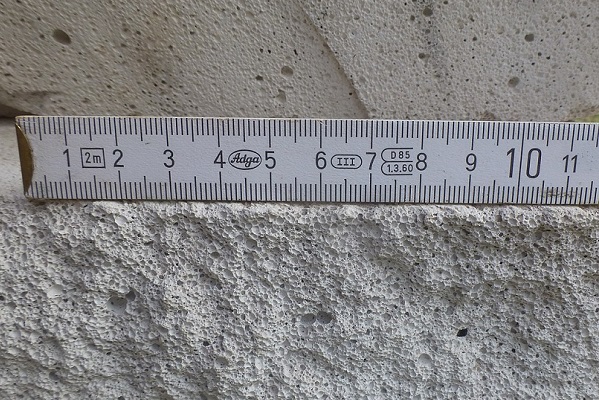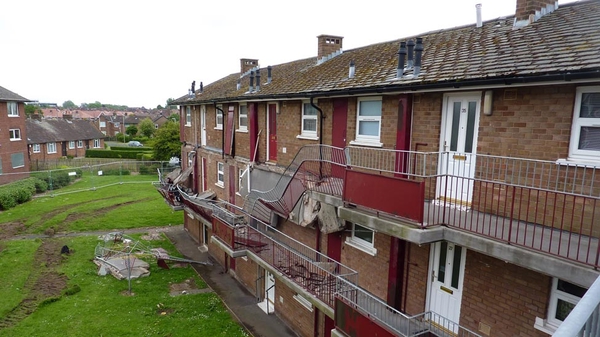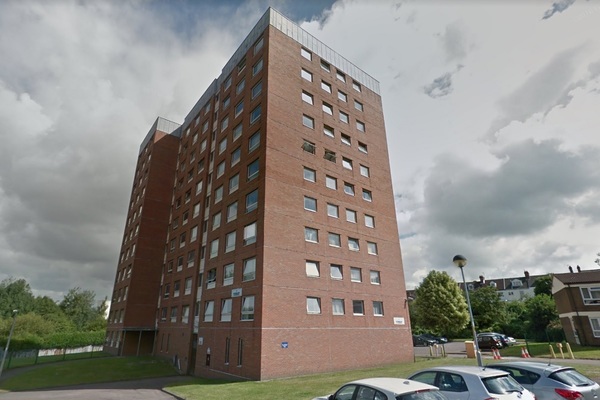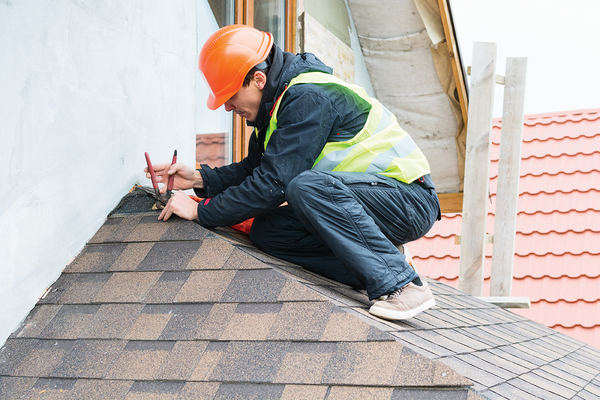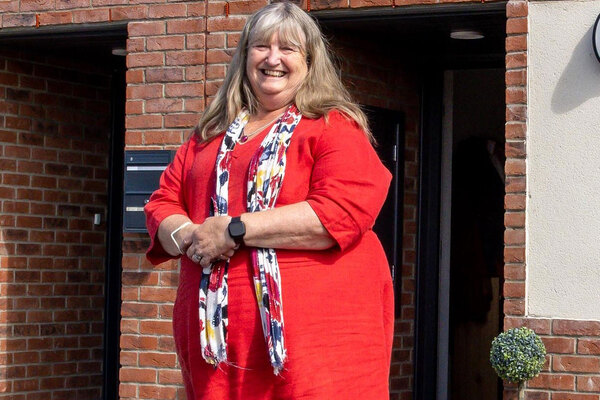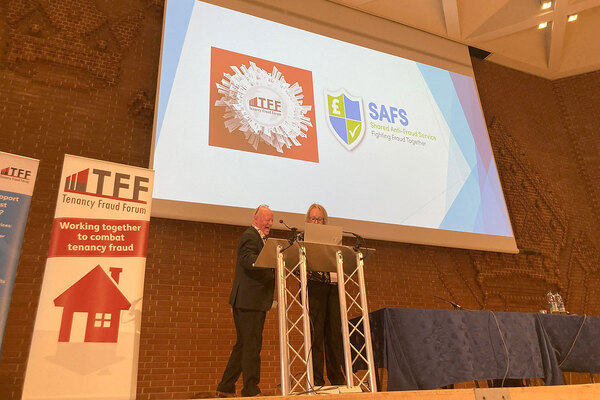‘Urgent thorough inspections’ required to establish risk of crumbling aerated concrete in social housing
“Urgent thorough inspections” are needed to establish the extent of use of a crumbling form of aerated concrete in the UK’s social stock, an expert consultancy has warned.
Last month, Inside Housing reported warnings that reinforced autocleaved aerated concrete (RAAC) – a material used extensively in the construction sector in the 1950s, 1960s and 1970s – posed a “life safety risk” in residential buildings.
Now consultancy Rapleys, which has researched the extent of RAAC’s use in schools, has called for urgent checks to establish the risk in social housing, with a focus on flat roof properties built in this period.
In response, a government spokesperson said responsibility “rests with the relevant building owners”.
RAAC is known to decay over time and has been linked to ceiling collapses in schools. It comes as hundreds of schools were advised not to open affected buildings to pupils for the new school term due to concerns about the material.
Richard Crow, a partner in housing consultancy and head of Rapleys’ Birmingham office, told Inside Housing: “It’s really a question of how many properties were built during the 1950s, 60s and 70s – as the manufacture and design of the panels during this period was inefficient and inadequate, with steel reinforcement also installed in the wrong place.
“This was further compounded by years of poor maintenance and water ingress from failed roof coverings, causing further deterioration.
“The attributing issues from these periods of construction, that compounds the current lack of certainty on how far the problem extends, is that health and safety and operational and maintenance [manuals] did not exist in any form, let alone to the standards of our current construction industry.
“Therefore, there is no way to say which properties have RAAC other than to inspect properties containing flat roofs, built during the 50s, 60s and 70s.
“During this period, the largest number of social housing was built so it will be a case of urgent thorough inspection across the country by local authorities, and then, for those that do have it (our figures of 5-10% were based on the investigations we are working on within schools), putting in place the solutions to ensure they are protected against damage.”
He added that modern methods of manufacture and design mean RAAC can now be used safely, and is still utilised around the world. The issue relates to buildings from the period when it was not used safely.
Inspections are complicated by the fact that ceilings are often covered or boxed in due to refurbishment, which will conceal the original construction.
Mr Crow said he had encountered the material in a single-storey extension to a house in multiple occupancy. “The textbook referenced approach that RAAC is only found in multi-storey properties is just not the case. In practice, these panels were cheap to procure, easy to install and widely used by any construction contractor of the time, with no mechanism to monitor or record where they were installed,” he added.
A spokesperson for the Department for Levelling Up, Housing and Communities said: “Anyone who provides people with a home must be confident that that home is safe. The responsibility for replacing or mitigating the use of RAAC rests with the relevant building owners. We encourage anyone with concerns to seek specialist advice proper [sic] so an assessment can be undertaken.”
The Local Government Association has published guidance to its members on its website.
Guidance was also published by the Institution of Structural Engineers in March 2022 for investigating and assessing RAAC, and further guidance was issued in April this year.
Sign up for our asset management newsletter
Already have an account? Click here to manage your newsletters
